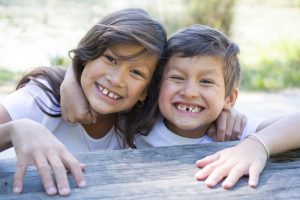
In November we celebrate Indigenous Peoples Month to celebrate and recognize the history, culture and accomplishments of the many different indigenous groups that make up the Americas!
How can you share this important month with young children in a genuine and respectful way? Make sure the stories you're sharing are authentic and avoid stereotypes, generalizations or falsehoods.
Read books written by Indigenous authors

- From our Early Literacy Librarian, Mary, try these picture books written by Indigenous authors and illustrators, opens a new window.
- Colorín Colorado’s list, opens a new window includes biographies, books about cultural traditions and books for older kids.
- Cynthia Leitich Smith, a Native American author and editor, compiles this list of titles, opens a new window.
- More picture books suggested by the Child and Family Library Services department written by Indigenous authors.
Want to learn about a particular group?
Try some of these resources:
- NK360, opens a new window – teacher and student resources from the National Museum of the American Indian, opens a new window.
- Common Sense Media has compiled learning resources, opens a new window for grades PreK – 12.
Try a new recipe
Learn to make bannock, opens a new window, a popular First Nation food from Canada.
The "three sister" crops of corn, beans and squash were often grown together in Native communities. Try this Native recipe for Three Sisters Salad, opens a new window and you can see why the trio of vegetables is so popular.
Fry bread is a delicious staple in Navajo cooking. This recipe from PBS, opens a new window will have you making fry bread at home in no time.


Add a comment to: Let’s Talk About Indigenous People’s Month